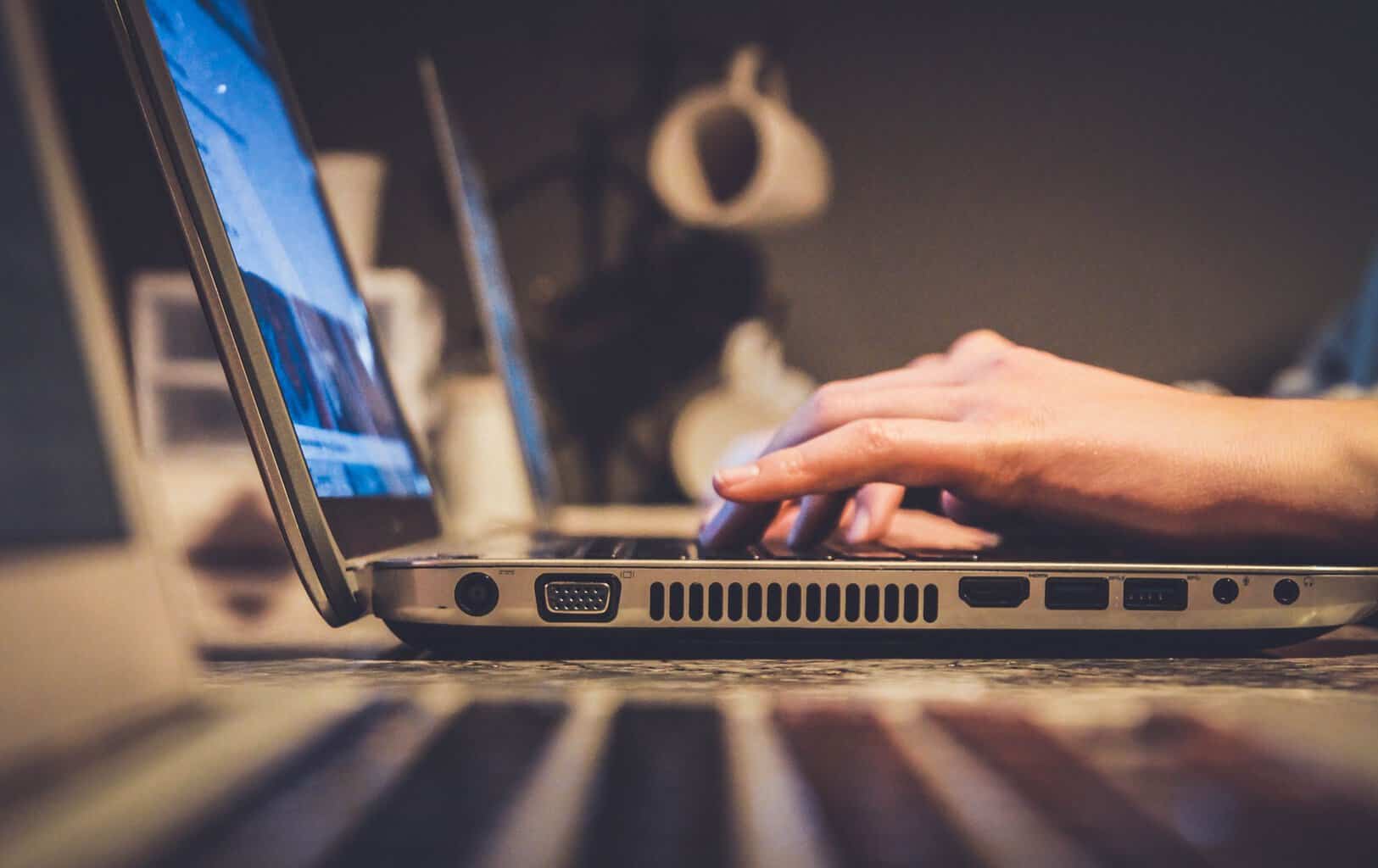The digital marketing landscape is constantly shaped and reimagined by new developments in technology. As our tools and techniques improve, digital content creators and marketers will have to constantly review and adjust their approach to meet the requirements and demands of current systems.
Web3 is one of the hottest current topics. According to some industry experts, it is set to revolutionize the industry as we know it. What will the advent of this new kind of internet experience mean for marketers? Keep reading to find out.
What is Web3?
Before we get into the details, it’s important we define what Web3 actually is. Simply put, Web3 is a conceptual idea of a new version of the internet that is built on a decentralized system using blockchain technology.
One helpful way we can define Web3 is by comparing it to previous iterations of the internet. Web1 is the name given to the early internet, from its inception to the early 2000s. This was the internet in its most basic form, made up of company-owned websites with written material representing the vast majority of online content.
Web2 saw the arrival of social media, which was a major shift in how the internet functioned. Rather than the web being comprised of company-owned content, the onus shifted to the user, giving rise to a culture of user-generated material and content creation.
With Web3, the internet will see a further focus on user-generated content. However, by integrating blockchain technology, it will be far easier for creators to monetize their content and will have massive implications for digital ownership.
What is SocialFi?
SocialFi, short for social finance, is the name given to the merging of Web3 and social media. By using SocialFi apps, users will be able to create content and monetize it far more effectively, earning through metrics including engagement and follower count.
What’s more, the blockchain technology underpinning these new platforms will provide much-improved security and data protection opportunities. As SocialFi will be decentralized, it will not require oversight from a main regulatory body. This means it will theoretically be free from censorship, give more direct control to users and creators, and allow for instant, fee-free payments.
New marketing opportunities
Social tokens are a type of blockchain-based digital currency. On Web3 platforms, brands and influencers will be able to distribute social tokens as a kind of fractional share in that company or community. There is a range of ways social tokens can be used, from locking content behind token-based paywalls to offering rewards, bonuses, and offers to users who hold certain amounts. Social tokens will be invaluable tools on SocialFi platforms that can be used to assess campaign success, track engagement, and evaluate customer loyalty.
Non-fungible tokens, or NFTs, have enjoyed much media attention over the past few years. These are unique digital assets that can be bought, sold, or traded, with transactions stored securely on the blockchain acting as irrefutable proof of ownership.
While a number of companies have already begun to use NFTs in their marketing strategies, Starbucks for example, SocialFi platforms will give smaller content creators and influencers the chance to create their own NFTs and profit directly from them.
Web3 and SocialFi promise to shift the burden of control from private companies to individual creators and influencers. They will be able to see greater financial returns from the reduced commission and hosting fees and will face fewer content restrictions and limitations as Web3 promotes freedom of speech and limits regulatory action.
Potential drawbacks
One of the main factors currently holding Web3 and SocialFi back is accessibility. They are advanced and technically sophisticated technologies, tricky to understand and difficult to access.
Users will need to understand the new technology and also own top-of-the-line devices that are capable of accessing these new platforms. Meanwhile, existing websites and companies will need to completely overhaul their existing structures and campaigns to keep up with the change.
This means that we may not see mainstream integration for some time, the systems will have to become far more user-friendly before they can achieve the same success as Web2 platforms.
Conclusion
Web3 is the future of the internet, or so we’re told. What we do know is that it will offer a number of new marketing opportunities, particularly for individual content creators and influencers. However, larger brands and companies will need to make significant changes if they want to take advantage of this new technology, while accessibility issues mean that widespread Web3 and SocialFi acceptance may be some way away.
Looking for more marketing insights? Registrations are now open for our 2023 Amplify Summit, held from the 17th to 18th of January, where you’ll have the chance to access talks from industry experts, panels and workshops, networking opportunities, and a free affiliate manager toolkit. Register and secure your place today!























